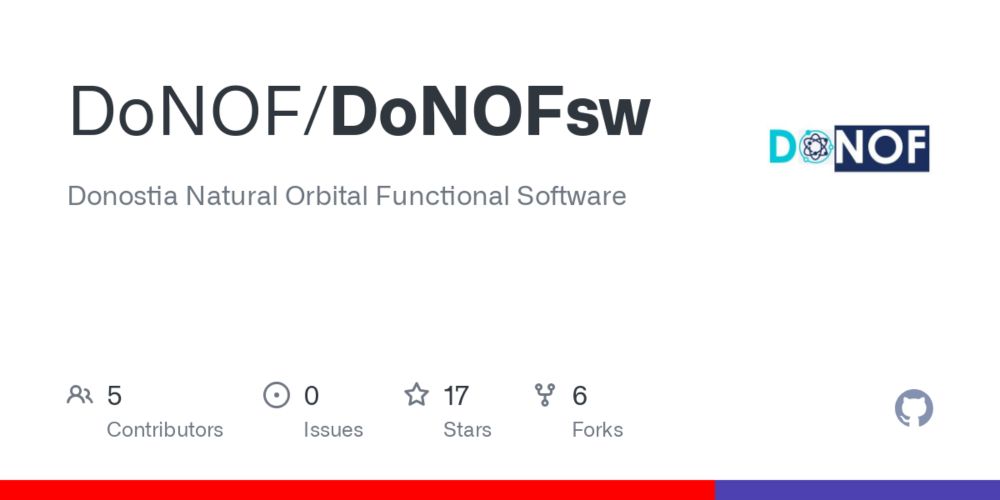@dipcehu.bsky.social
@ehu.eus


@dipcehu.bsky.social
@ehu.eus
#compchem
journals.aps.org/prl/abstract...
#compchem
journals.aps.org/prl/abstract...
✨Advancing Natural Orbital Functional Calculations through Deep Learning-Inspired Techniques for Large-Scale Strongly Correlated Electron Systems✨
🚀 Find the full article here:
journals.aps.org/prl/abstract...
✨Advancing Natural Orbital Functional Calculations through Deep Learning-Inspired Techniques for Large-Scale Strongly Correlated Electron Systems✨
🚀 Find the full article here:
journals.aps.org/prl/abstract...
complex molecular orbitals, iii) X2C relativistic wavefunctions for HF/DFT calculations, iv) use alternate compilers: LLVM flang/clang++ and Intel ifx/icx ? #compchem github.com/molgw/molgw/...

complex molecular orbitals, iii) X2C relativistic wavefunctions for HF/DFT calculations, iv) use alternate compilers: LLVM flang/clang++ and Intel ifx/icx ? #compchem github.com/molgw/molgw/...

@dipcehu.bsky.social
doi.org/10.7554/eLif...

@dipcehu.bsky.social
pubs.acs.org/doi/10.1021/...

@dipcehu.bsky.social
pubs.acs.org/doi/10.1021/...
⚛️ Read the full paper here: pubs.acs.org/doi/10.1021/...

⚛️ Read the full paper here: pubs.acs.org/doi/10.1021/...
code: github.com/DoNOF/DoNOFsw
documentation: donof-documentation.readthedocs.io/en/latest/in...
#compchem

code: github.com/DoNOF/DoNOFsw
documentation: donof-documentation.readthedocs.io/en/latest/in...
#compchem

